Dahlias won't bloom
michiman
15 years ago
Featured Answer
Sort by:Oldest
Comments (15)
sturgeonguy
15 years agolast modified: 9 years agohuey_ga
15 years agolast modified: 9 years agoRelated Professionals
Fort Lee Landscape Architects & Landscape Designers · Palm Springs Landscape Architects & Landscape Designers · Salem Landscape Architects & Landscape Designers · Manchester Landscape Contractors · Centereach Landscape Contractors · Rockville Landscape Contractors · Twin Falls Landscape Contractors · Woodburn Landscape Contractors · Maple Heights Landscape Contractors · Merrifield Landscape Contractors · Phoenix Fence Contractors · Richmond Fence Contractors · Prunedale Solar Energy Systems · Richfield Solar Energy Systems · Azalea Park Solar Energy Systemsmichiman
15 years agolast modified: 9 years agosturgeonguy
15 years agolast modified: 9 years agomichiman
15 years agolast modified: 9 years agoPoochella
15 years agolast modified: 9 years agorhodie_chick
15 years agolast modified: 9 years agojeannie7
15 years agolast modified: 9 years agojeannie7
15 years agolast modified: 9 years agoMissy, Traverse City, Mi Z5
15 years agolast modified: 9 years agojeannie7
15 years agolast modified: 9 years agosturgeonguy
15 years agolast modified: 9 years agoplantlady2008
15 years agolast modified: 9 years agopdshop
15 years agolast modified: 9 years ago
Related Stories
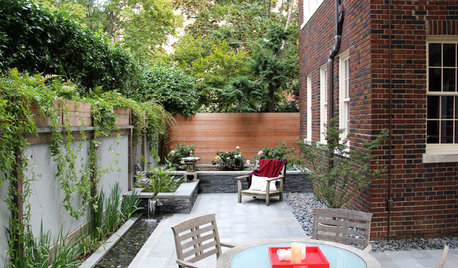
PATIOSPatio Details: Dog Won’t Trample the Plants With This Design
An Asian-inspired backyard redo adds clean lines, a new water feature and a sense of spaciousness — with room for a large beloved dog
Full Story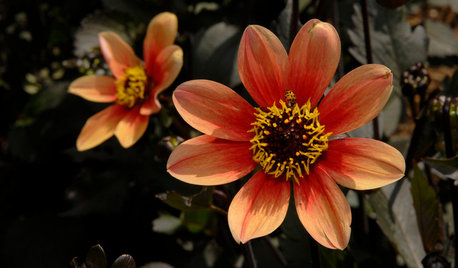
FLOWERSGreat Design Plant: Dahlias
Pick this flamboyant stunner for its amazing array of colors and faces, fast growth and sizes that can fill a pot or a whole garden
Full Story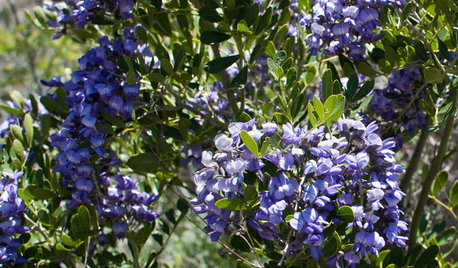
TREES6 Unsung Spring-Blooming Trees
Billowy blooms and rare fragrances will make you wonder how these flowering trees could ever have been underused in landscapes
Full Story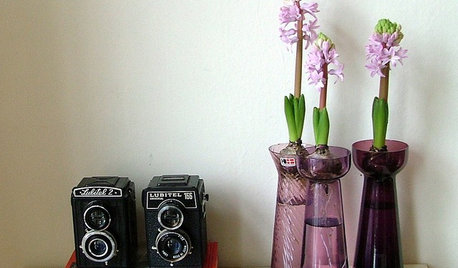
HOUSEPLANTSGet Spring-Like Hyacinth Blooms All Winter Long
Try one of these forcing methods for cheery, colorful flowers to brighten wintry days
Full Story
GARDENING GUIDESTop 12 Summer-Blooming Perennials for Deer-Resistant Drama
Can you have garden color, fragrance and exciting foliage with hungry deer afoot? These beauties say yes
Full Story
HOUSEPLANTSHow to Force Amaryllis Bulbs Indoors
Enjoy vibrant red blossoms even as gardens turn snowy white, by teaching this hardy repeat performer to ignore the calendar
Full Story
GARDENING GUIDESGreat Design Plant: Ceanothus Pleases With Nectar and Fragrant Blooms
West Coast natives: The blue flowers of drought-tolerant ceanothus draw the eye and help support local wildlife too
Full Story
GARDENING GUIDESGreat Design Plant: Amelanchier Signals Spring With Airy White Blooms
With roughly 20 species of serviceberry native to the U.S., bees can feed on the early-season blooms while birds enjoy the summer berries
Full Story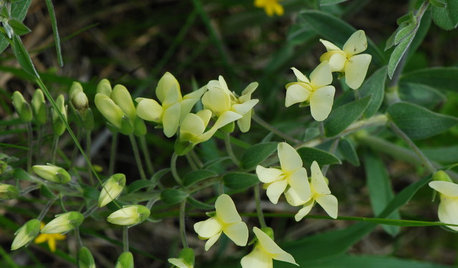
FLOWERS AND PLANTSPlant Baptisia Bracteata for Blooms Pollinators Will Love
Longbract wild indigo is great in dry soil, and its spring flowers attract butterflies and bumblebees
Full Story
GARDENING GUIDESWhat’s in a Name? See 6 Wildflowers That Aren’t ‘Weeds’ at All
Dispel the stereotypes of weeds and try these wildlife-supporting native wildflowers in your garden
Full Story





sturgeonguy